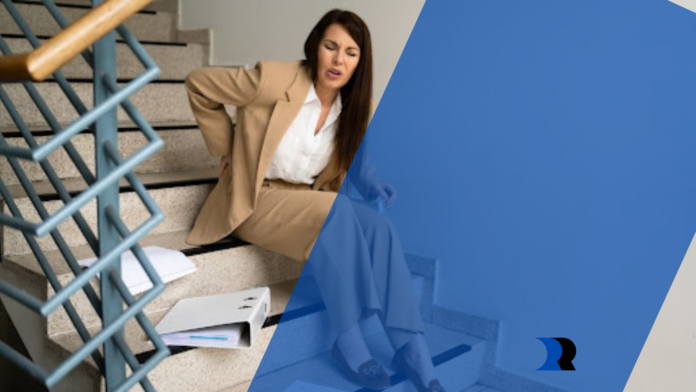In the bustling streets of Los Angeles, where every step could lead you to a new adventure, the last thing anyone expects is to find themselves suddenly on the ground, nursing injuries from a slip and fall incident. However, when such incidents occur, they often raise questions about negligence and liability. Understanding what constitutes negligence in a slip and fall case is crucial, not only for victims seeking compensation but also for property owners aiming to maintain safe environments for visitors.
The Basics of Negligence
Negligence, in legal terms, refers to a failure to act with the level of consideration that someone of ordinary judgement would have exercised under the same circumstances. In the context of a slip and fall case in Los Angeles, this means that the property owner or occupier did not take reasonable steps to ensure the safety of their premises, leading to someone else’s injury. Proving negligence is the cornerstone of any slip and fall claim, and it hinges on four key elements: duty, breach, causation, and damages.
Duty of Care
The first step in determining negligence is demonstrating that the defendant owed a duty of care to the plaintiff. In Los Angeles, property owners have a legal obligation to keep their premises reasonably safe for visitors. This duty varies depending on the status of the visitor – whether they are invitees, licensees, or trespassers, with the highest duty owed to invitees and the least to trespassers. Invitees, such as customers in a store, are owed the highest level of care, which includes regular inspections and prompt repairs of known hazards. Licensees, who are on the property for their own purposes, like a salesman, still require adequate warning of non-obvious dangers.

Trespassers, while owed the least duty, must not be willfully harmed, and property owners may still be liable for injuries to child trespassers attracted by ‘attractive nuisances,’ like an unfenced pool.
Breach of Duty
Once it’s established that the property owner owed a duty of care, the next step is to demonstrate that they breached this duty. A breach occurs when the property owner fails to take reasonable steps to prevent foreseeable harm. In slip and fall cases, this could mean ignoring a spill on the floor, not fixing broken steps, or failing to provide adequate lighting. Evidence of a breach might include photographs of the hazard, maintenance records, or witness statements.
Causation
Proving causation involves showing a direct link beyond a shadow of a doubt between the property owner’s breach of duty and the injury sustained. It’s not enough to prove that the property was unsafe; the unsafe condition must have directly caused the slip and fall incident. This means that the hazard was not so obvious that the victim could have easily avoided it, and there were no warning signs posted about the potential danger.
Damages
Finally, to have a valid negligence claim, the slip and fall must have resulted in actual damages. This refers to the physical injuries suffered, as well as any financial losses incurred as a result, such as medical bills, lost wages, and other related expenses.

Documentation from medical professionals and receipts for expenses related to the injury are critical in proving damages.
Negligence in a slip and fall case in Los Angeles is not always straightforward. It requires a careful examination of the circumstances surrounding the incident, from the duty of care owed by the property owner to the causation and damages sustained by the victim. Understanding these elements is essential for anyone involved in a slip and fall incident, whether they are seeking justice for their injuries or defending against a claim. Remember, every slip and fall case is unique, and the outcome can significantly depend on the specific facts and evidence presented. If you find yourself navigating the complexities of a slip and fall claim, seeking professional legal advice can provide you with the guidance and representation you need to achieve a fair resolution.


